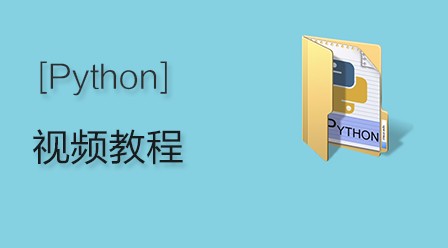
在Python社区文化的浇灌下,演化出了一种独特的代码风格,去指导如何正确地使用Python,这就是常说的pythonic。一般说地道
(idiomatic)的python代码,就是指这份代码很pythonic。pythonic的代码简练,明确,优雅,绝大部分时候执行效率高。阅读pythonic
的代码能体会到“代码是写给人看的,只是顺便让机器能运行”畅快。
那么如何写出优雅的python代码呢?下面的内容或许会对你有帮助
遍历一个范围内的数字
for i in [0, 1, 2, 3, 4, 5]:
print i ** 2
for i in range(6):
print i ** 2更好的方法
for i in xrange(6):
print i ** 2xrange会返回一个迭代器,用来一次一个值地遍历一个范围。这种方式会比range更省内存。xrange在Python 3中已经改名为range。
遍历一个集合
colors = ['red', 'green', 'blue', 'yellow']
for i in range(len(colors)):
print colors[i]推荐学习《python教程》
更好的方法
for color in colors:
print color反向遍历
colors = ['red', 'green', 'blue', 'yellow']
for i in range(len(colors)-1, -1, -1):
print colors[i]更好的方法
for color in reversed(colors):
print color遍历一个集合及其下标
colors = ['red', 'green', 'blue', 'yellow']
for i in range(len(colors)):
print i, '--->', colors[i]更好的方法
for i, color in enumerate(colors):
print i, '--->', color这种写法效率高,优雅,而且帮你省去亲自创建和自增下标。
当你发现你在操作集合的下标时,你很有可能在做错事。
遍历两个集合
names = ['raymond', 'rachel', 'matthew']
colors = ['red', 'green', 'blue', 'yellow']
n = min(len(names), len(colors))
for i in range(n):
print names[i], '--->', colors[i]
for name, color in zip(names, colors):
print name, '--->', color更好的方法
for name, color in izip(names, colors):
print name, '--->', color









